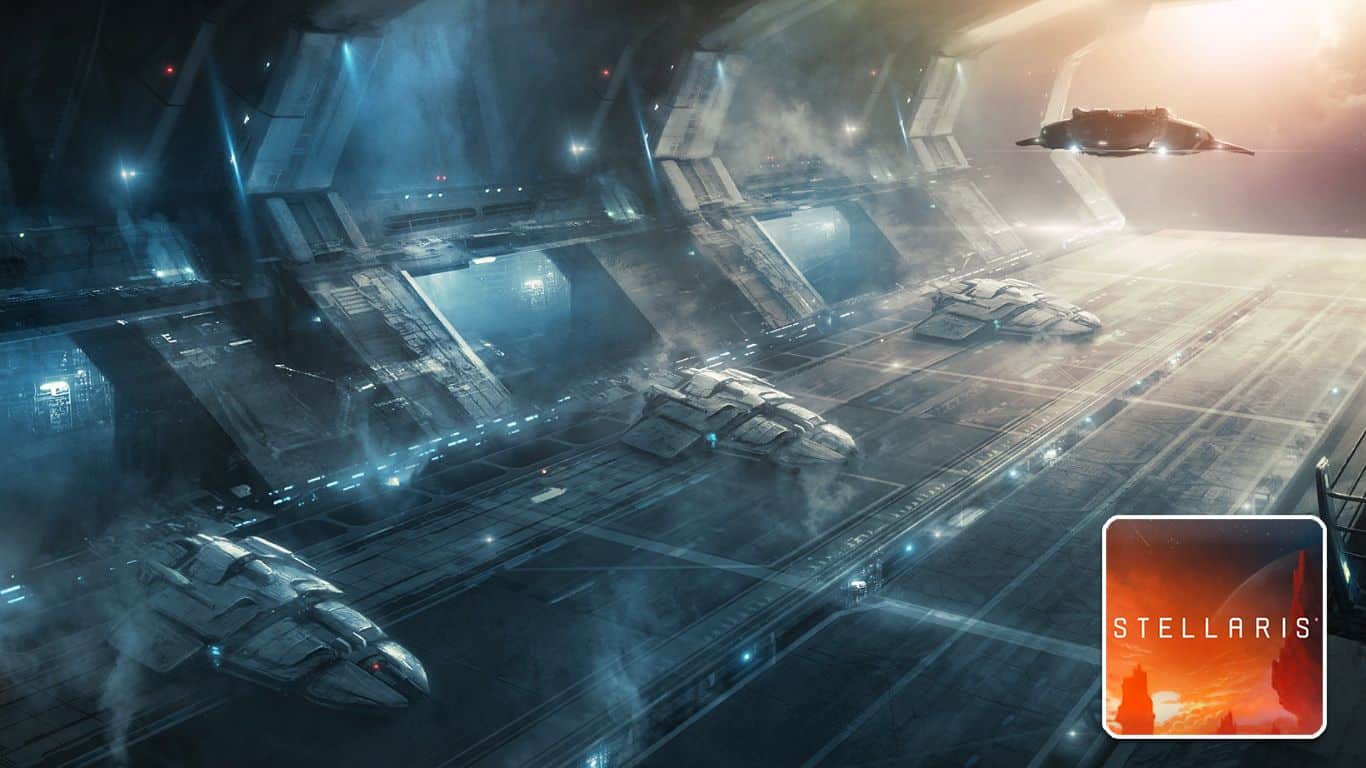If you don’t know how to get minor artifacts in Stellaris, you are missing out on some great gameplay features. These unique resources can make you profit or be used to create some god-tier weapon systems.
Unlike the standard resources like energy credits or alloys, the amount of artifacts you can get hold of is often finite. Thus making their acquisition all the more valuable.
Recommended Read: Stellaris – Complete Technology Guide
In order to collect minor artifacts, you will first need to own the Ancient Relics DLC or be in a multiplayer game with someone who owns it. This will unlock the gameplay mechanics that allow for the harvesting of minor artifacts.
You get minor artifacts in Stellaris from a wide variety of sources. These sources include events, completing special projects, deposits in space, and completing archeological site event chains.
Table of Contents
How to get Minor Artifacts in Stellaris
Every resource in Stellaris has a numerical value applied to it. This number then represents a general pool of resources of that category.
Energy credits are currency, mineral represent basic building components, and food is, well, it’s food. As for minor artifacts, they represent ancient rare technology or pieces of cultural interest.
These artifacts are all that remain from hyper-advanced space empires that not only pre-date your species but also fallen empires.
These artifacts are found throughout the galaxy in very small quantities compared to the other resources. After collecting them, your empire can use them for all sorts of benefits.
You could sell them for profit, improve unity production, boost research, skip research projects, boost research, and produce omega-level weapons for your ships.
So, getting hold of as many of these minor artifacts is, of course, a good thing. The most reliable way to obtain them is by completing archaeological site event chains.
More on that later in this guide. The less common methods of minor artifact collection will come first.
- In-Game Events. During the game, you are often presented with quests or events. Some of these mechanics can lead you to discover a set amount of ancient artifacts. Be sure to read the event pop-up carefully and what rewards it is offering to you. As well as a flat reward of artifacts, these events may also lead to further sources of artifacts like dig sites or deposits.
- Resource Deposits. Whilst colonizing worlds or exploring space, you may find deposits of minor artifacts. Again, the amount you find is going to be very small, and you have to get lucky with what you find. This is one of the few ways to obtain a monthly quantity of minor artifacts.
- Anomalies. In the early game, sending out your science ships to scan as many systems as you can is vital to a strong start. Whilst they are doing this, your scientists may stumble across Anomalies to research. These projects will have a difficulty rating and will tie up your scientist for quite a while. There are some great benefits to taking the time to complete the project, and some of them can lead to minor artifact discoveries.
Archaeological Sites
The most “reliable” and common way to obtain minor artifacts is by digging up archaeological dig sites.
Reliable is in quotation marks because they are still not a guaranteed reward for carrying out this task.
You can find a dig site by having your science ships scan new planetary bodies. There is a little over one percent chance of discovering one of them, so this is a numbers game. The more planets you scan, the better chance you have of finding one.
Sites can also spawn as a result of completing special projects, researching anomalies, having a certain origin, or AI empires could find some for you, too.
Once discovered, you will need to ensure that the site is within your borders before you can send a scientist to excavate the site. Once the project has begun, scientists can leave and come back to work with no penalty.
The dig mechanics for an archaeological site are quite simple.
They work similarly to a skill check in a table-top role-playing game, such as Dungeons and Dragons. The game rolls a ten-sided dice every 90 days, adds modifiers, and checks if you are successful or not.

A result of 14 or higher completes the current chapter, and every site has one to six chapters to complete. Completing chapters is how you get the rewards, which is your path to the minor artifacts.
A roll of six to ten adds one clue to the next roll. A clue is a plus one modifier to your next dice roll, making it more likely to roll higher. A roll of 11-13 adds two extra clues.
Rolls of five or below add no clues and have a chance of an event triggering. These are often bad and can lead to: you no longer being able to dig the site, death of the scientist, and can remove clues.
Events can also be helpful. They can: remove negative traits, add loot, and even add clues. The lower the roll, the greater the chance of an event triggering.
Your scientist’s archaeological skill is also added to the dice roll. This skill is your scientist level and any extra bonuses from having specific psychic traits.
You’ll want to send your best scientists to dig up sites to give yourself the best chance.
You shouldn’t blindly rush into digging up every site you find straight away. This is because every site has a difficulty level, and the difficulty level gets subtracted from your dice roll.
You should do easier sites early in the game and save the more difficult sites for when you have leveled up your scientists some more.
Completing a chapter unlocks the next one and provides your empire with loot. Completing all chapters of an excavation site has a small chance of leaving a minor artifact deposit.
This will allow you to continue harvesting artifacts long after the site work is over.
This is all you need to know about how to get minor artifacts in Stellaris.
If you have any questions or suggestions for this guide, please let us know in the comments section below. As always, have fun hunting down all those ancient artifacts in Stellaris.




